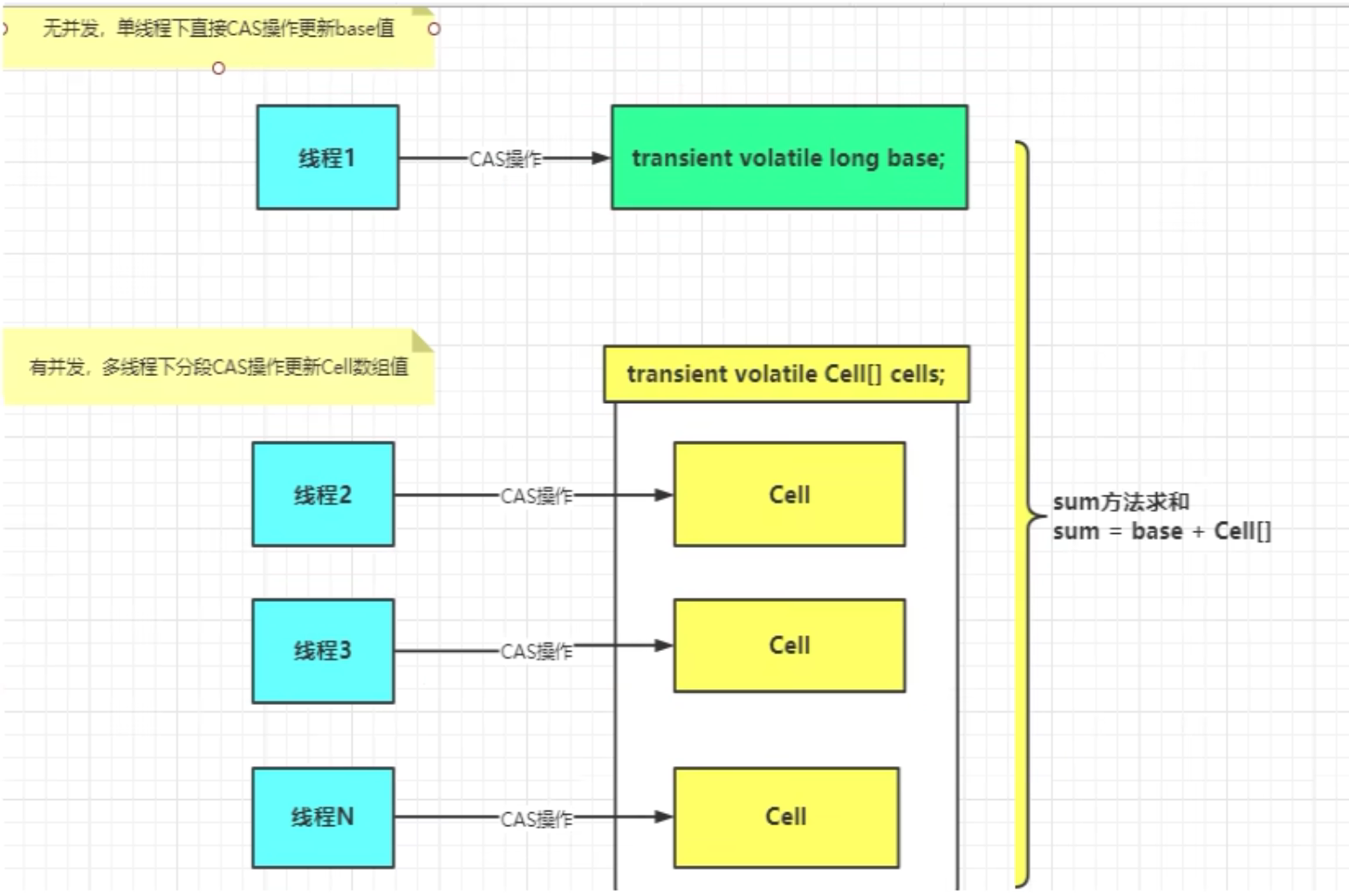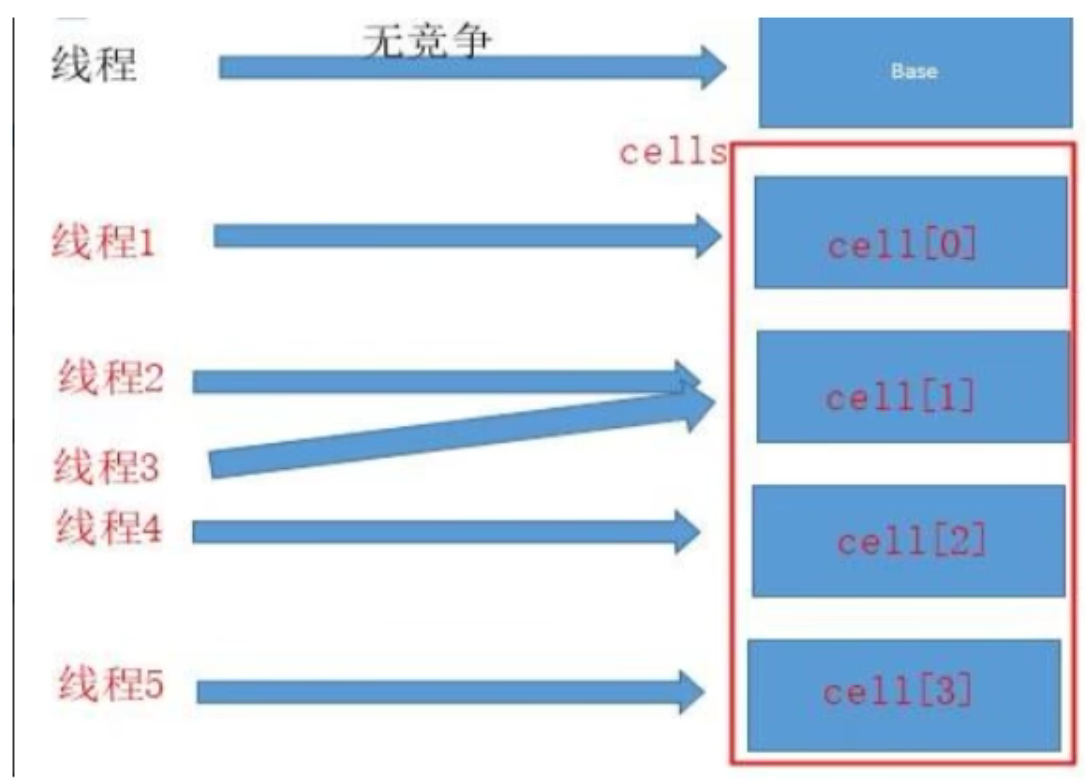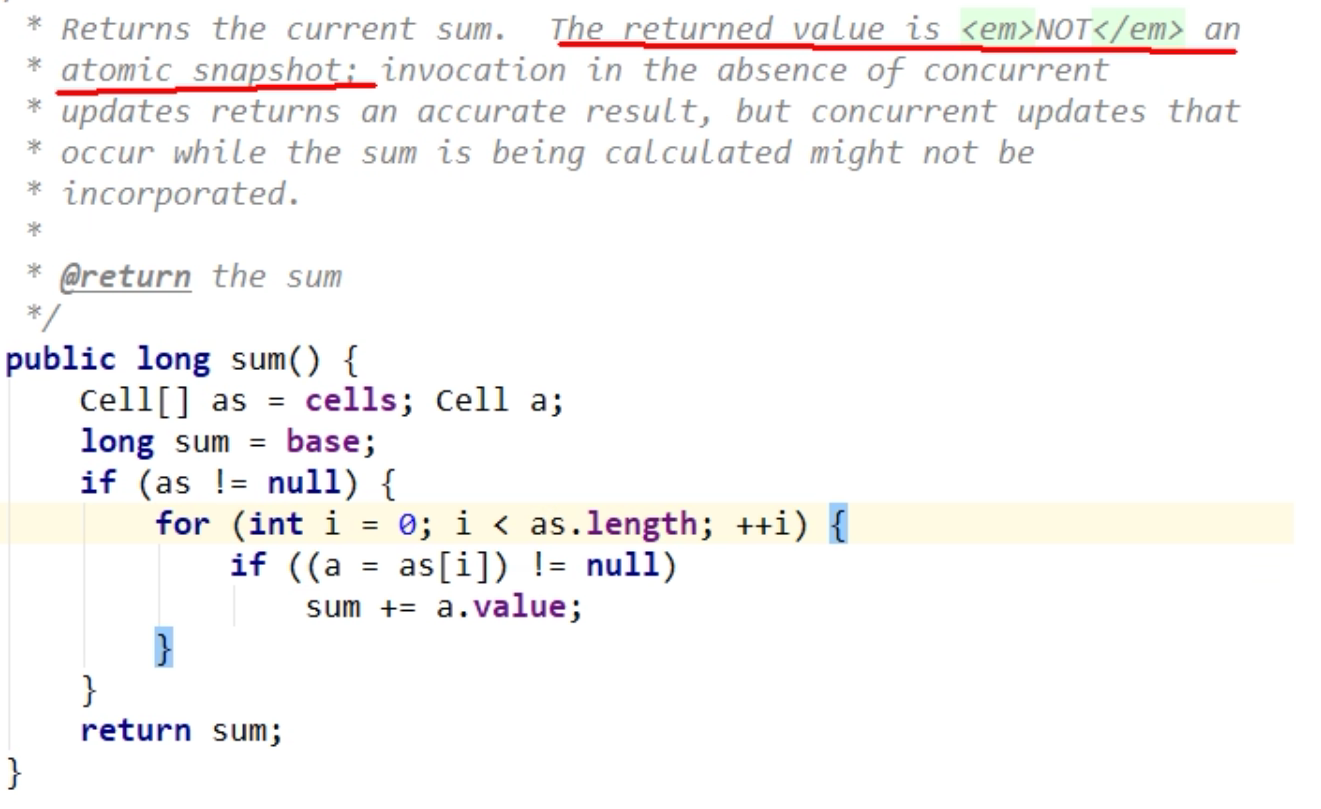1
2
3
4
5
6
7
8
9
10
11
12
13
14
15
16
17
18
19
20
21
22
23
24
25
26
27
28
29
30
31
32
33
34
35
36
37
38
39
40
41
42
43
44
45
46
47
48
49
50
51
52
53
54
55
56
57
58
59
60
61
62
63
64
| public class ABADemo {
static AtomicInteger atomicInteger = new AtomicInteger(100);
static AtomicStampedReference<Integer> stampedReference = new AtomicStampedReference<>(100, 1);
public static void main(String[] args) {
new Thread(() -> {
int stamp = stampedReference.getStamp();
System.out.println(Thread.currentThread().getName() + "\t" + "首次版本号:" + stamp);
try {
TimeUnit.MILLISECONDS.sleep(500);
} catch (InterruptedException e) {
e.printStackTrace();
}
stampedReference.compareAndSet(100, 101, stampedReference.getStamp(), stampedReference.getStamp() + 1);
System.out.println(Thread.currentThread().getName() + "\t" + "2次流水号:" + stampedReference.getStamp());
stampedReference.compareAndSet(101, 100, stampedReference.getStamp(), stampedReference.getStamp() + 1);
System.out.println(Thread.currentThread().getName() + "\t" + "3次流水号:" + stampedReference.getStamp());
}, "t3").start();
new Thread(() -> {
int stamp = stampedReference.getStamp();
System.out.println(Thread.currentThread().getName() + "\t" + "首次版本号:" + stamp);
try {
TimeUnit.SECONDS.sleep(1);
} catch (InterruptedException e) {
e.printStackTrace();
}
boolean b = stampedReference.compareAndSet(100, 2022, stamp, stamp + 1);
System.out.println(b + "\t" + stampedReference.getReference() + "\t" + stampedReference.getStamp());
}, "t4").start();
}
private static void abaHappen() {
new Thread(() -> {
atomicInteger.compareAndSet(100, 101);
try {
TimeUnit.MILLISECONDS.sleep(10);
} catch (InterruptedException e) {
e.printStackTrace();
}
atomicInteger.compareAndSet(101, 100);
}, "t1").start();
new Thread(() -> {
try {
TimeUnit.MILLISECONDS.sleep(200);
} catch (InterruptedException e) {
e.printStackTrace();
}
System.out.println(atomicInteger.compareAndSet(100, 2022) + "\t" + atomicInteger.get());
}, "t2").start();
}
}
|
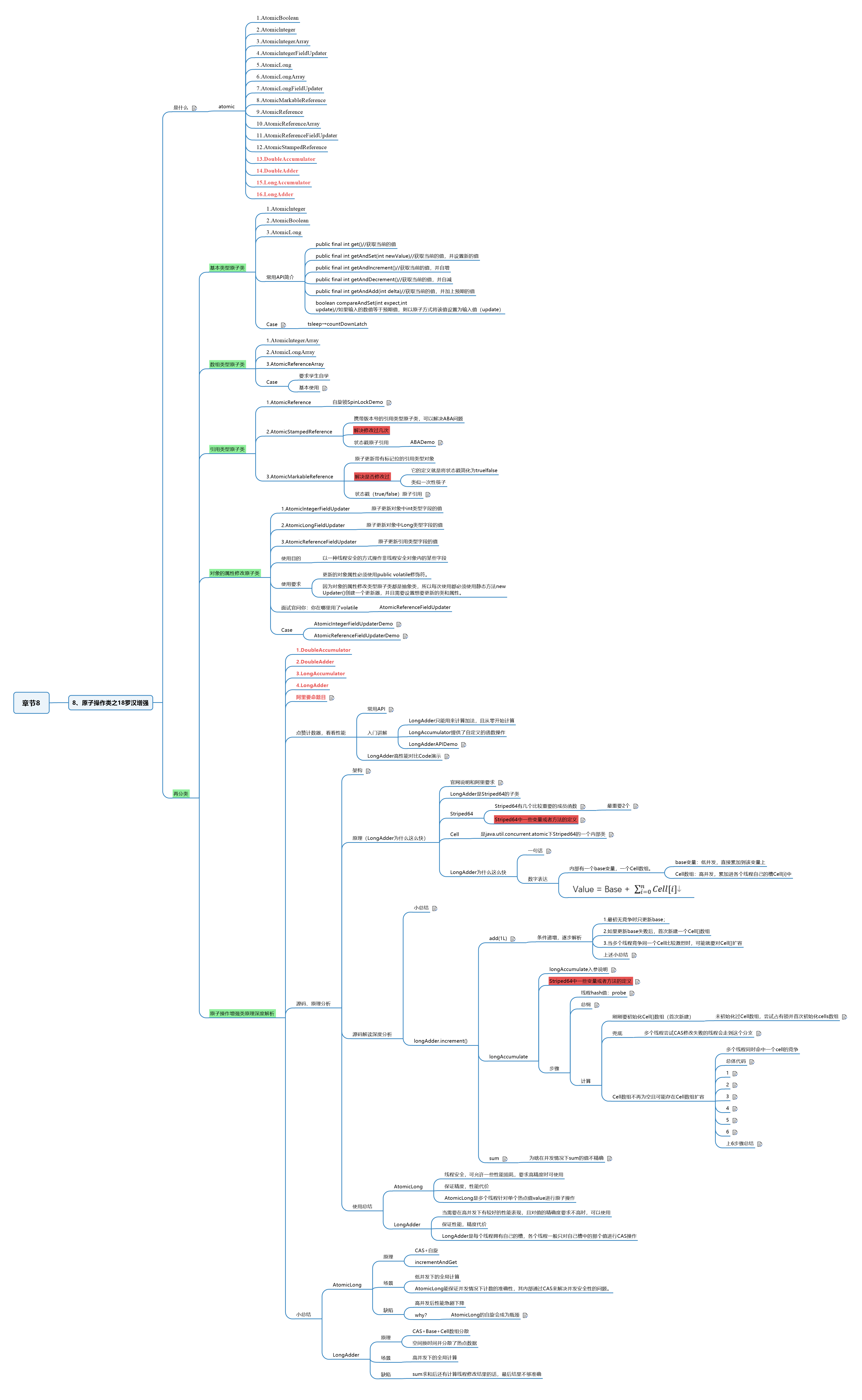



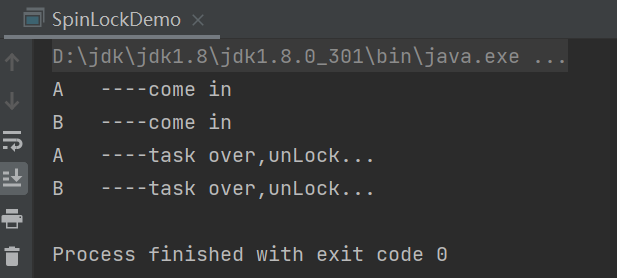
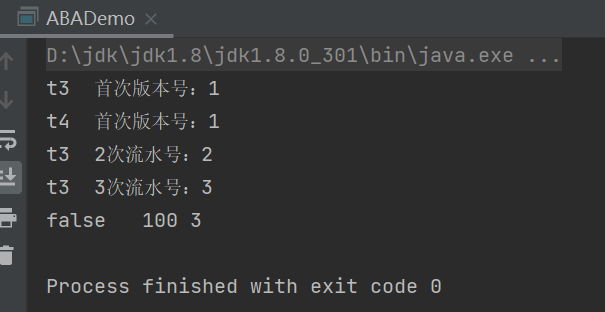


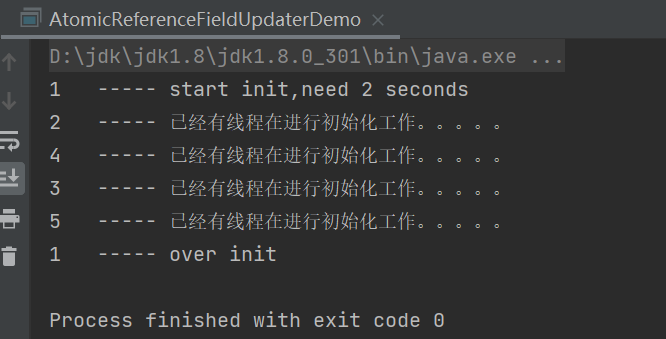

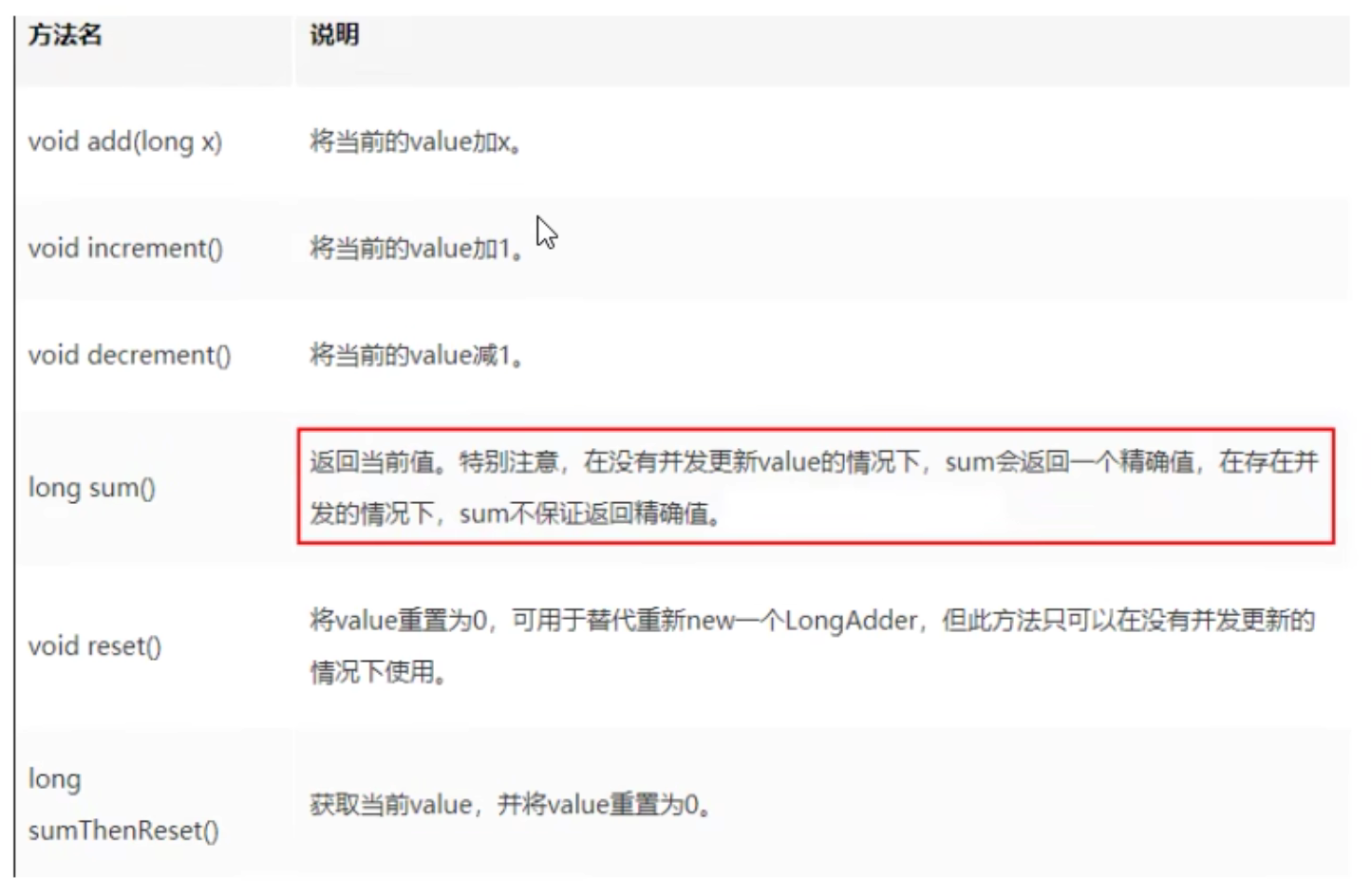

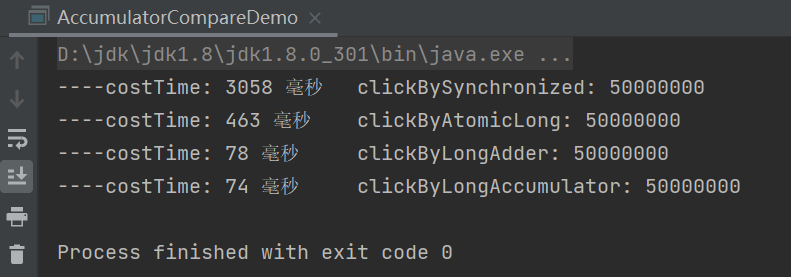
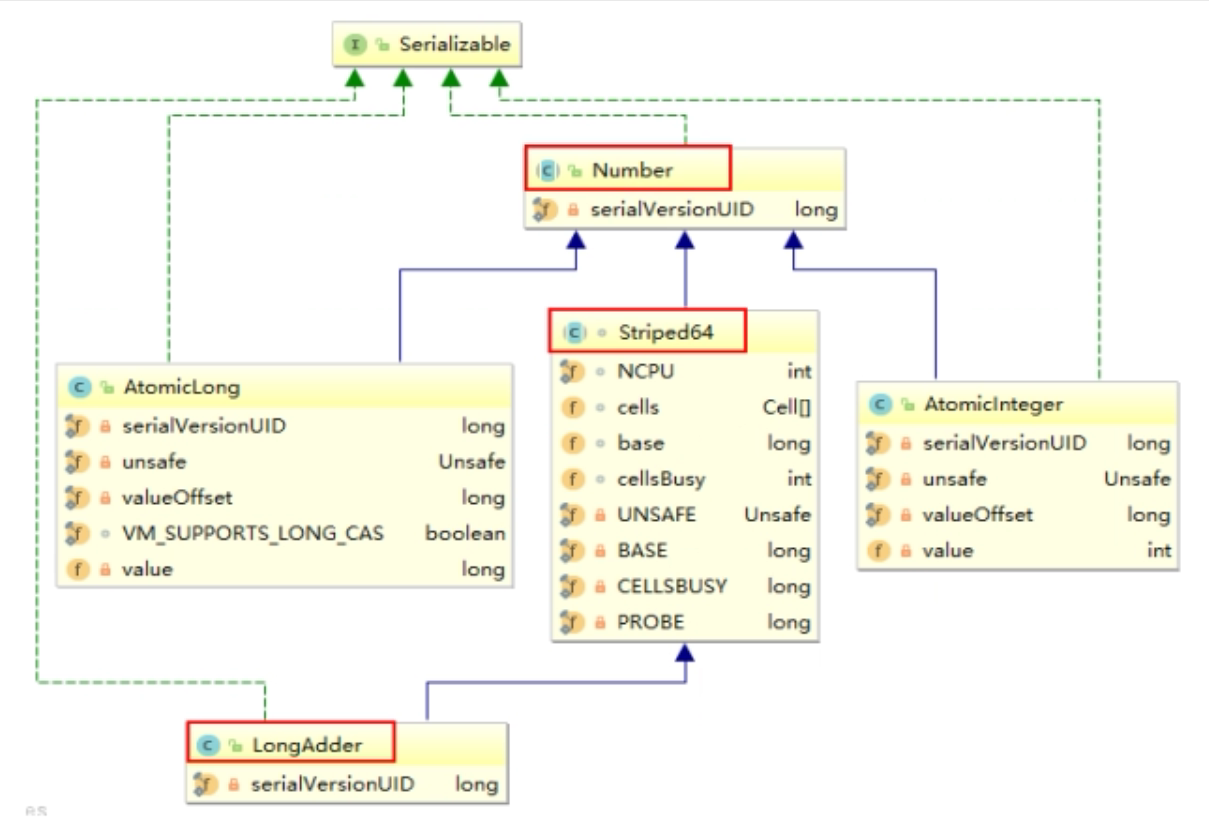

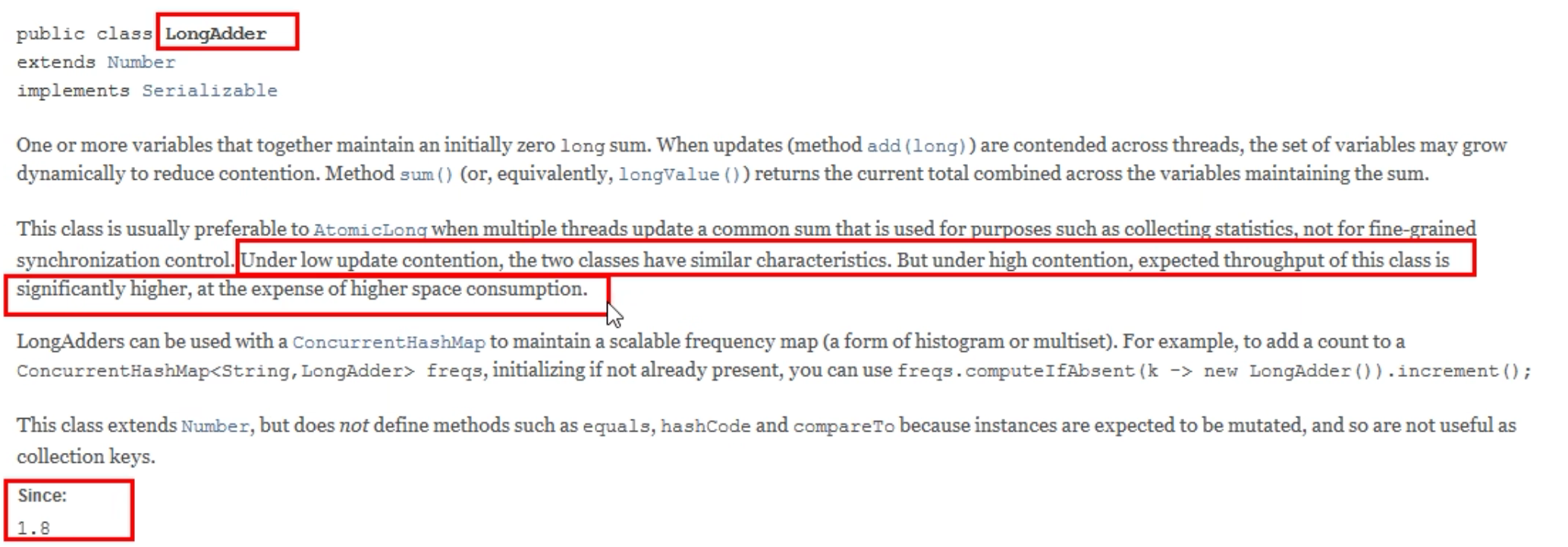

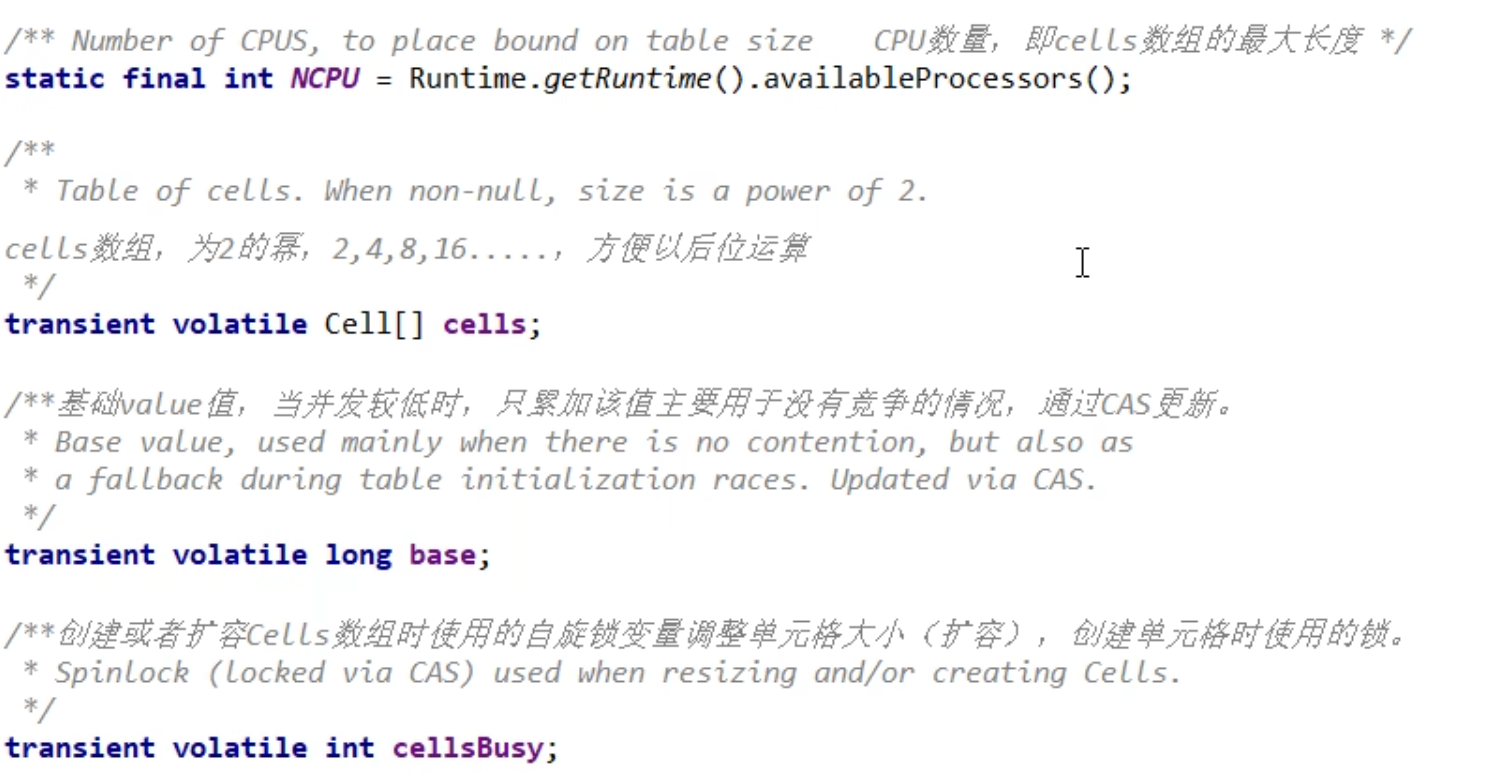
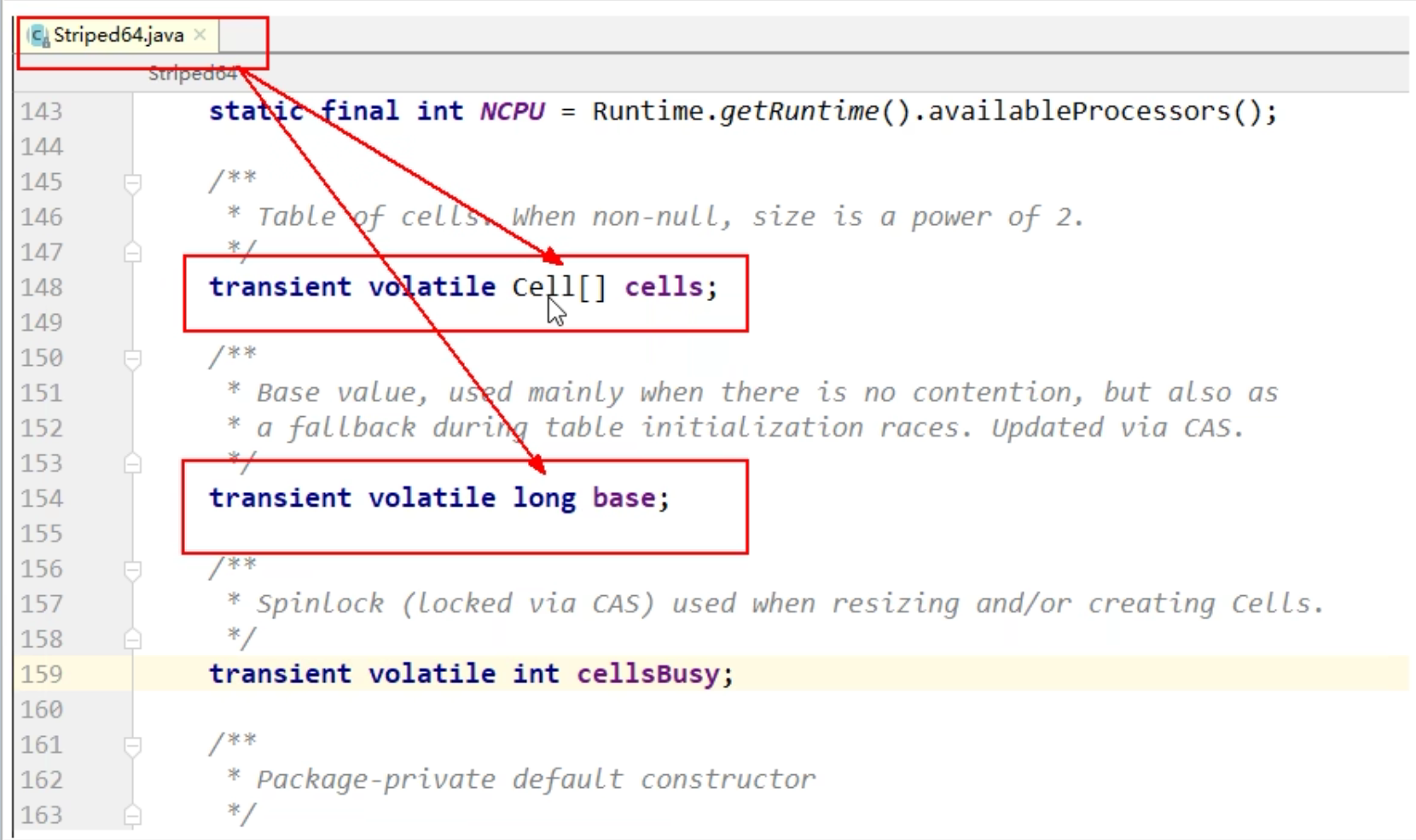
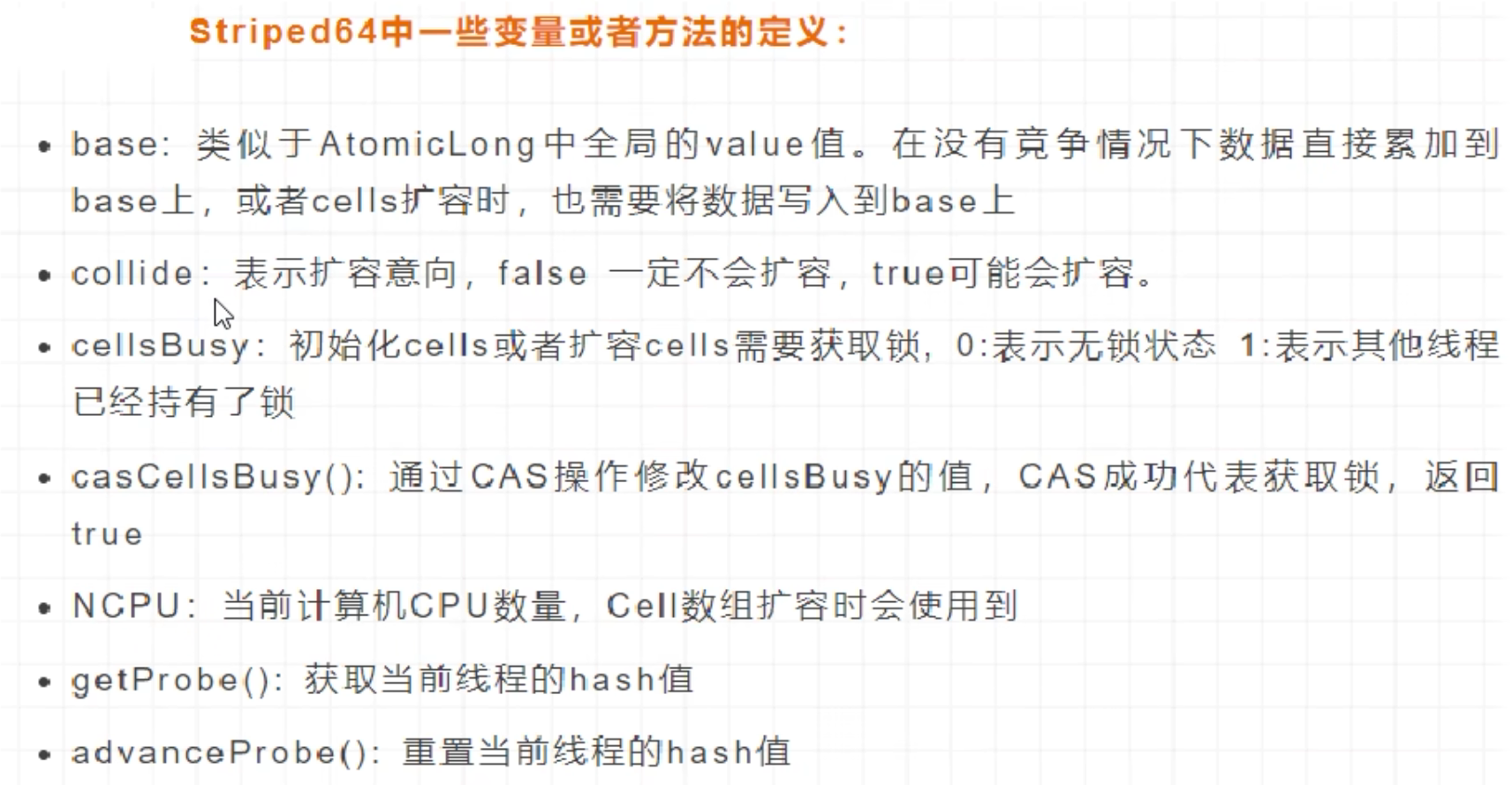
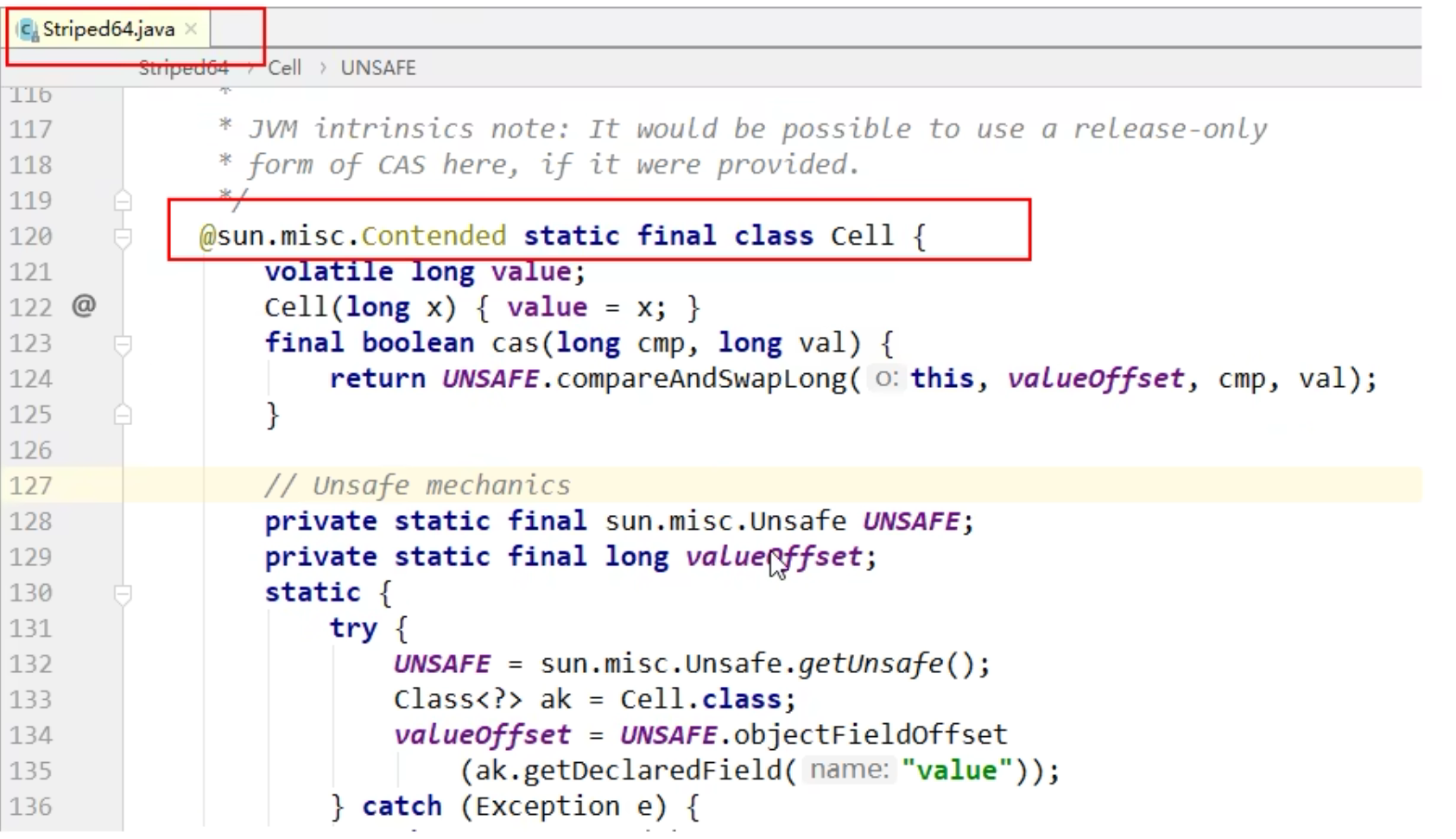
![]()
![]()
![]()
![]()
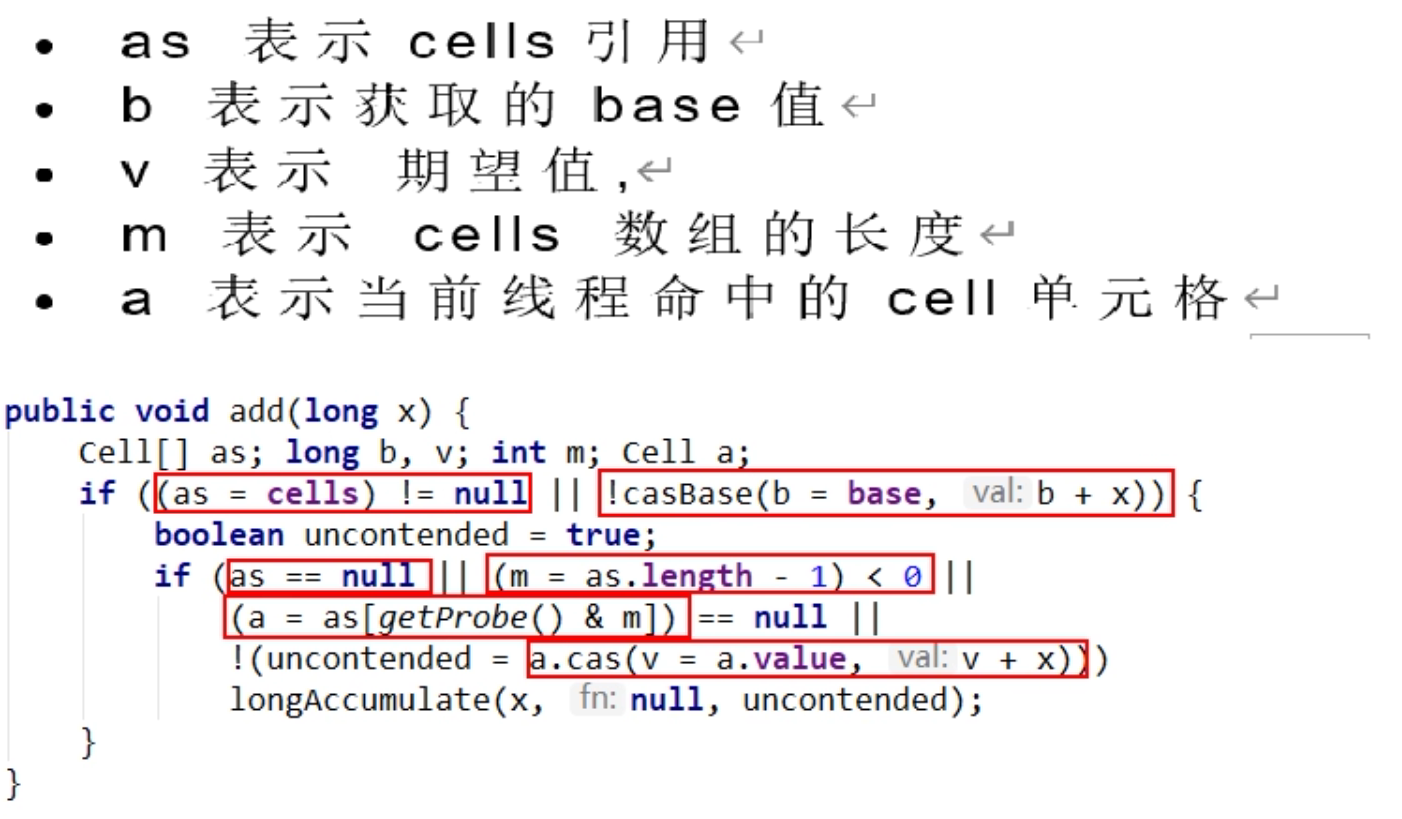
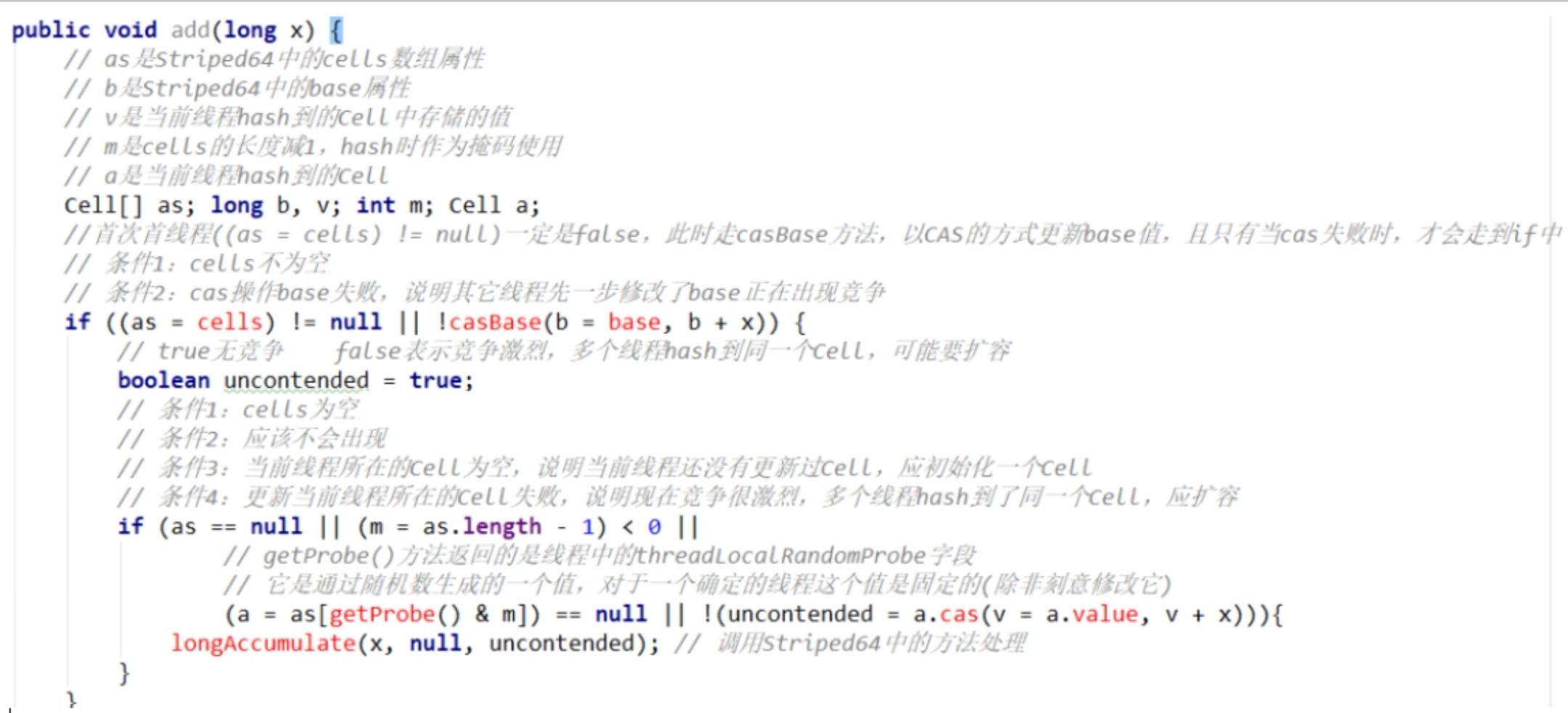

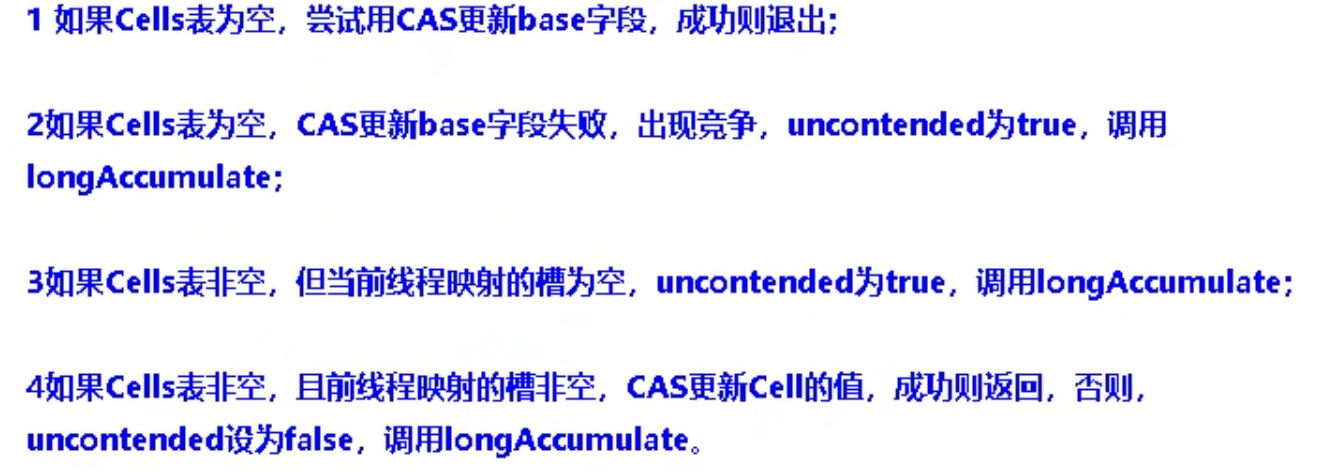






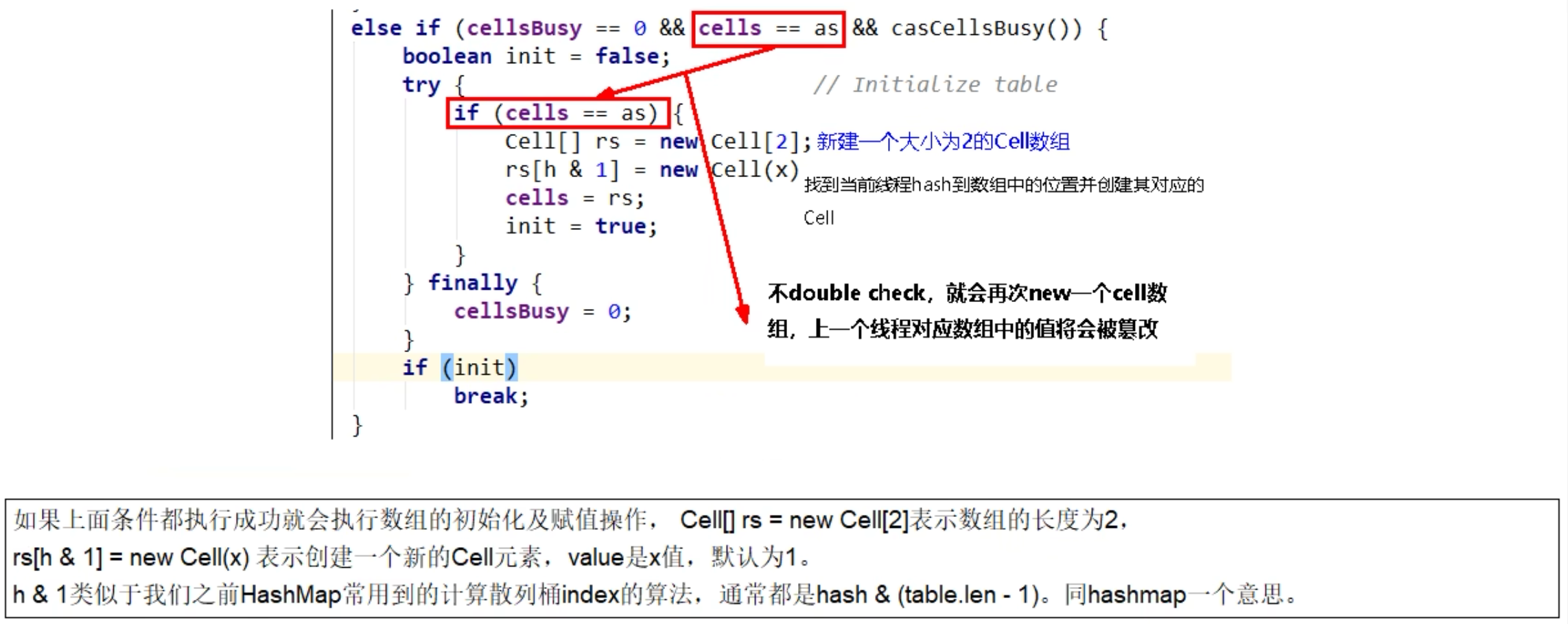



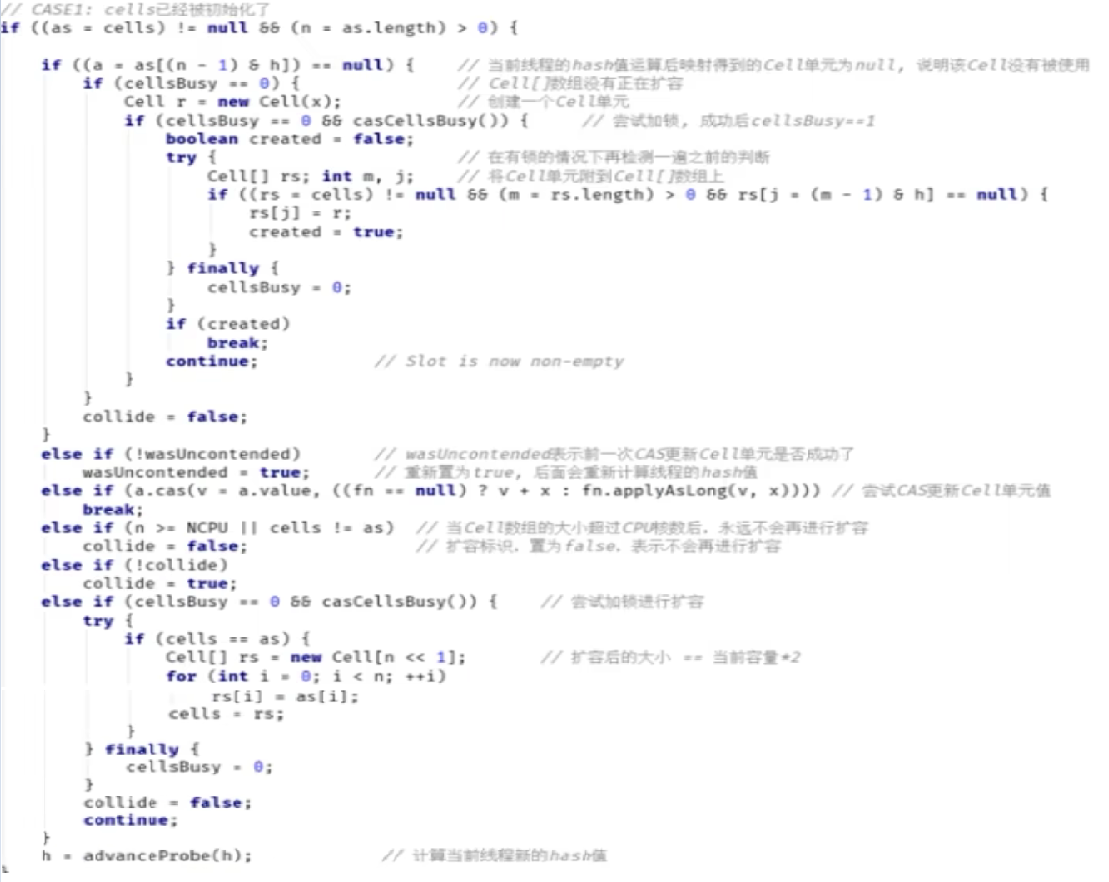
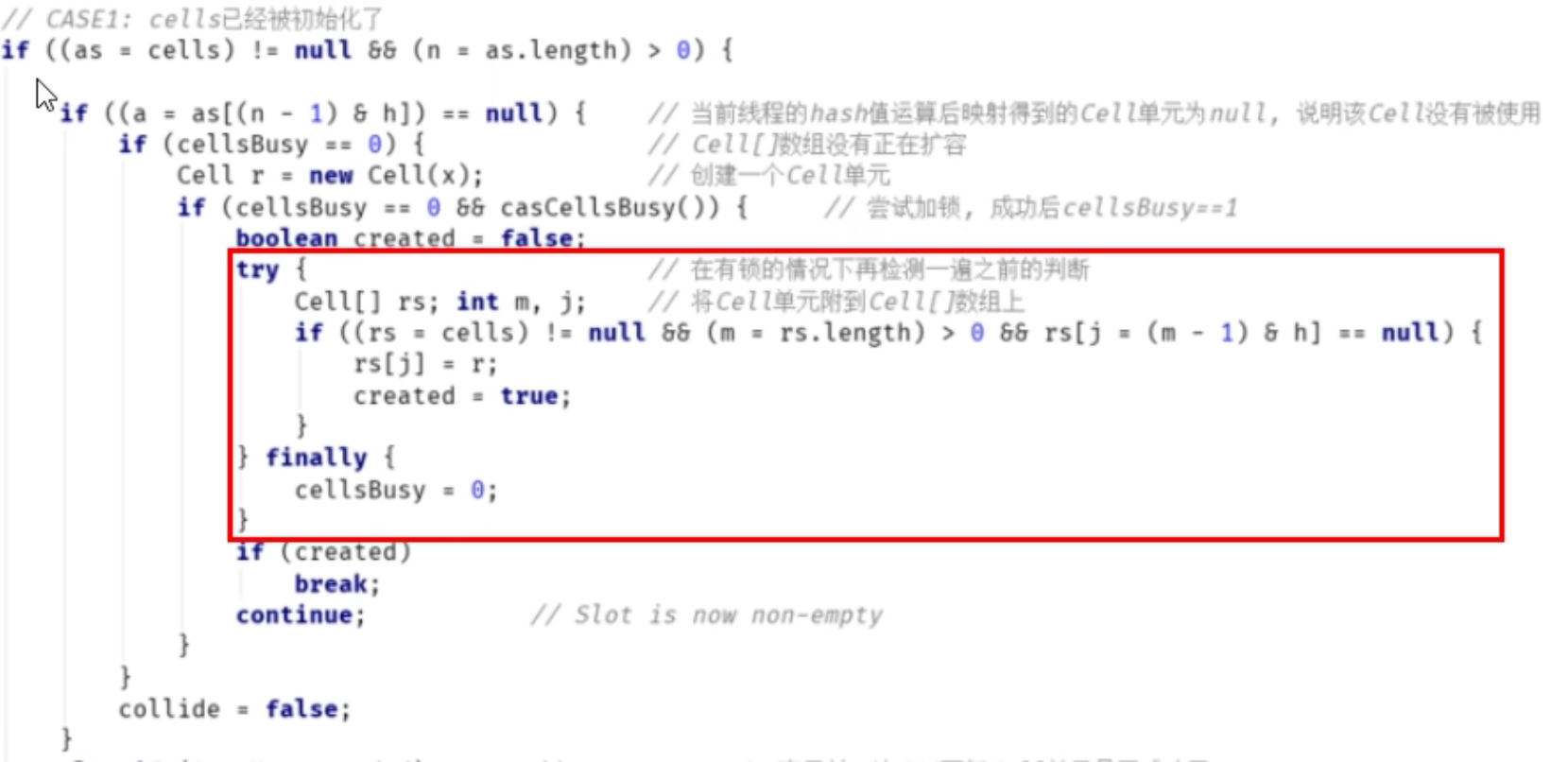

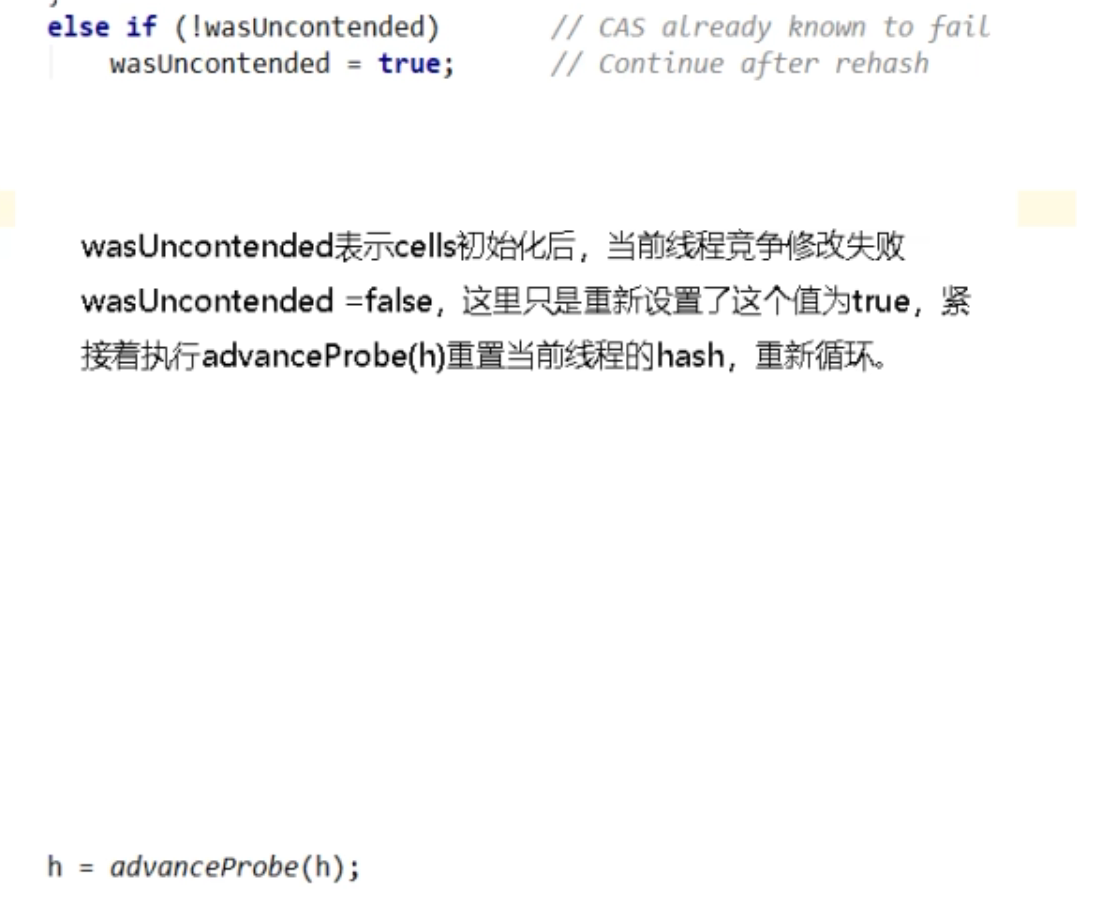

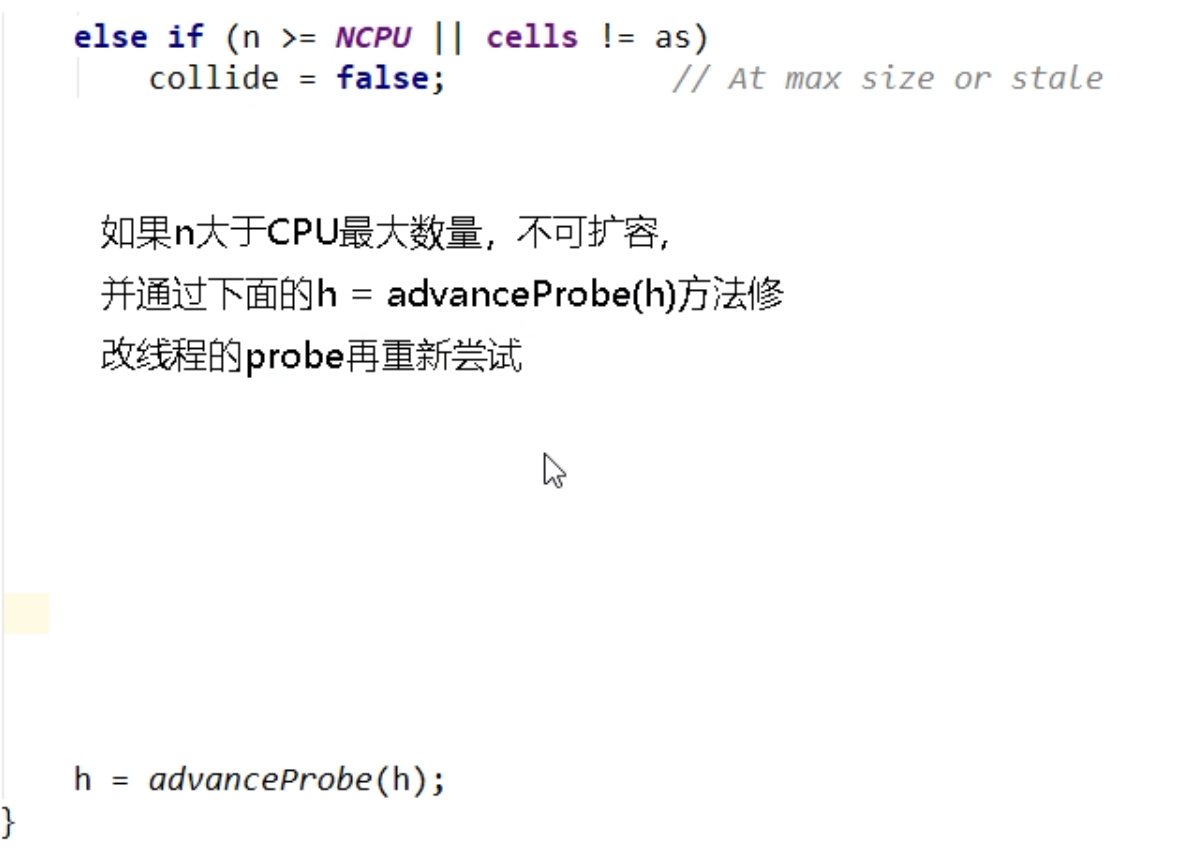
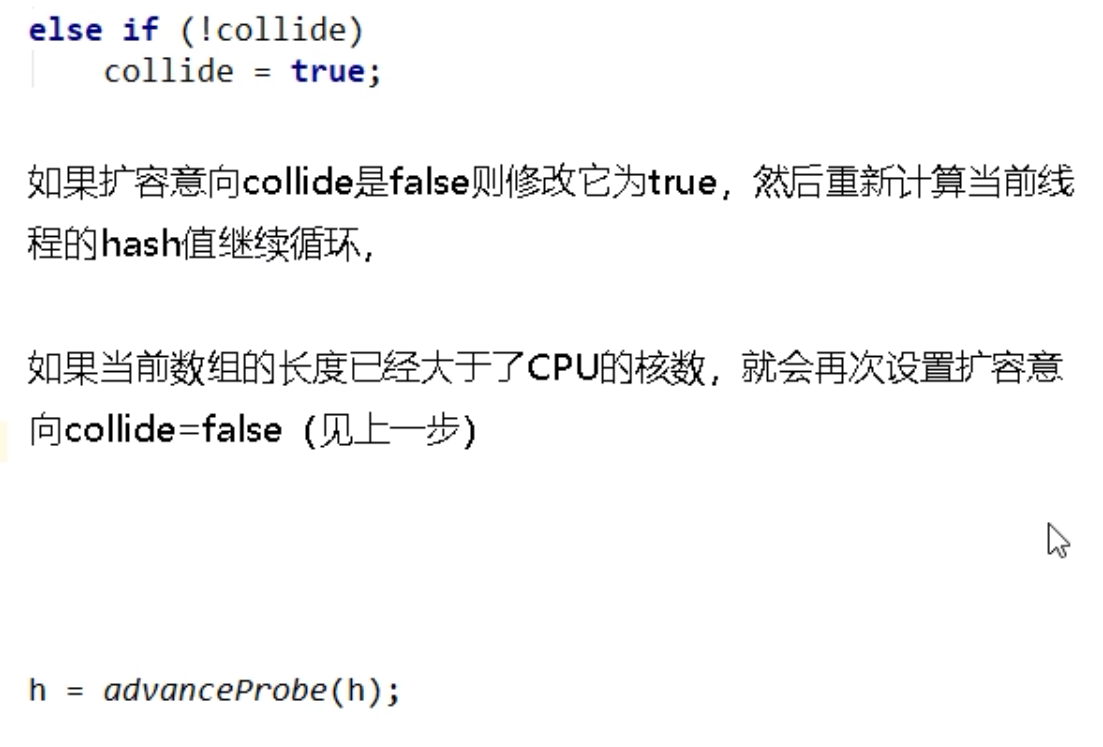
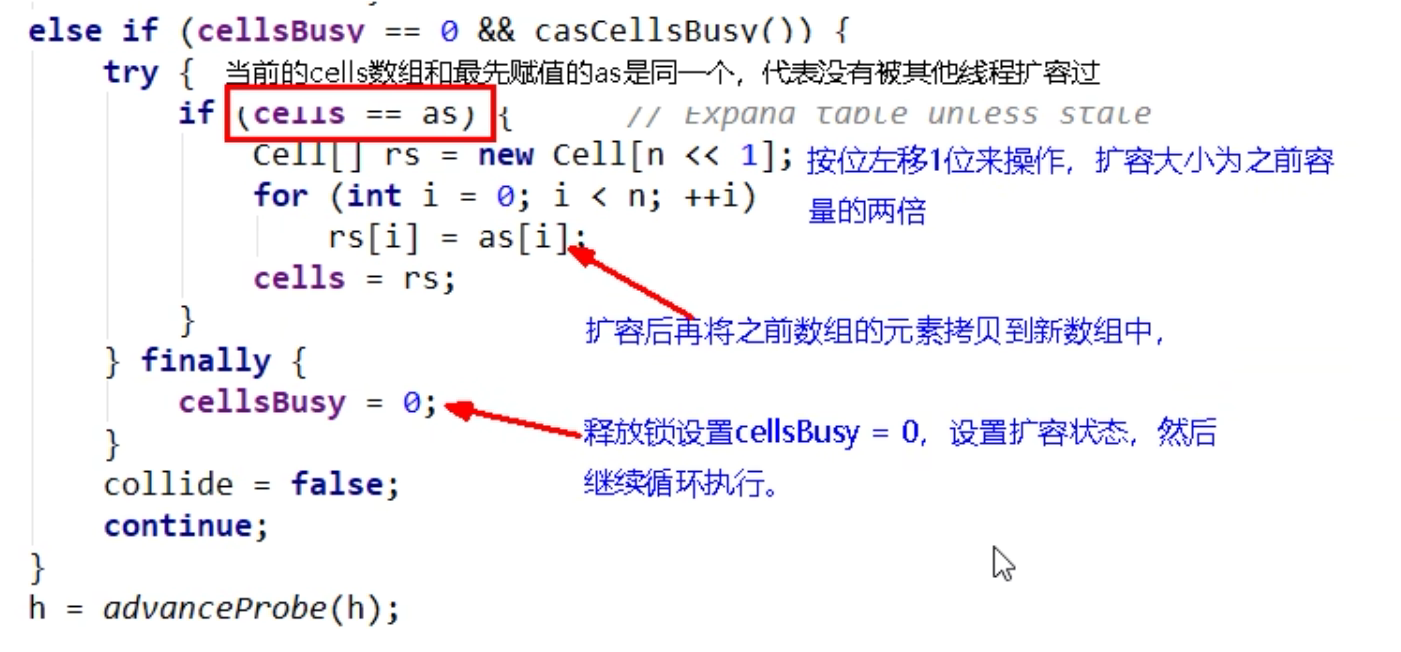
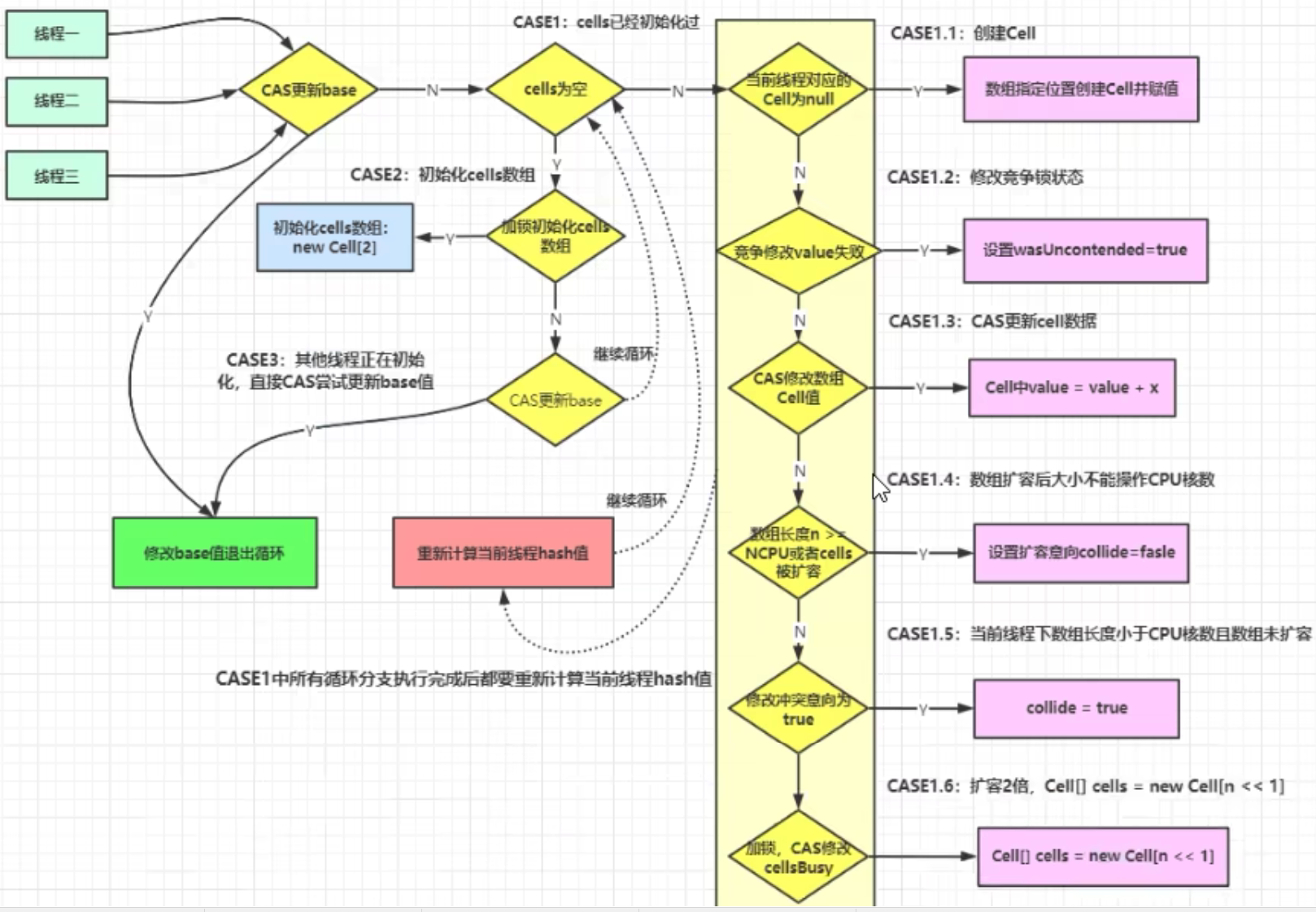


![]()
